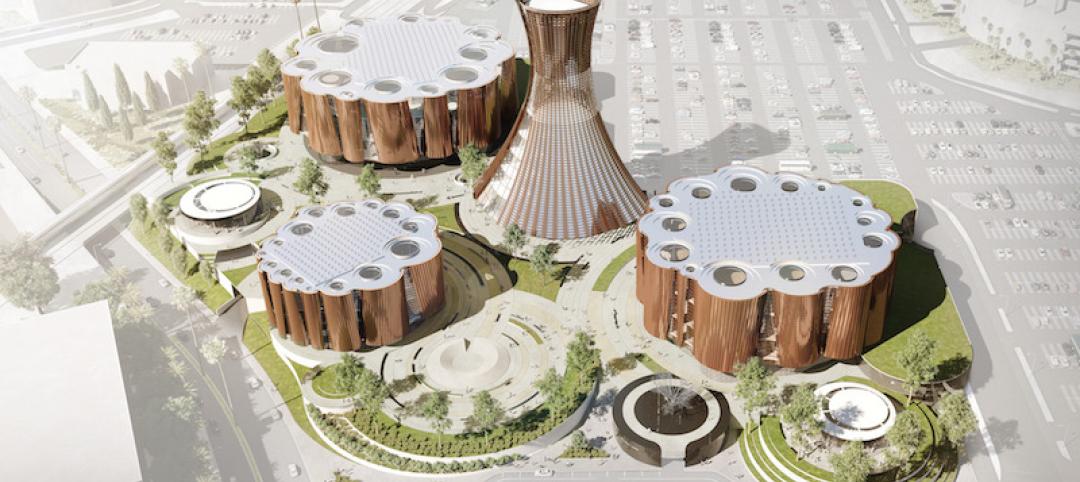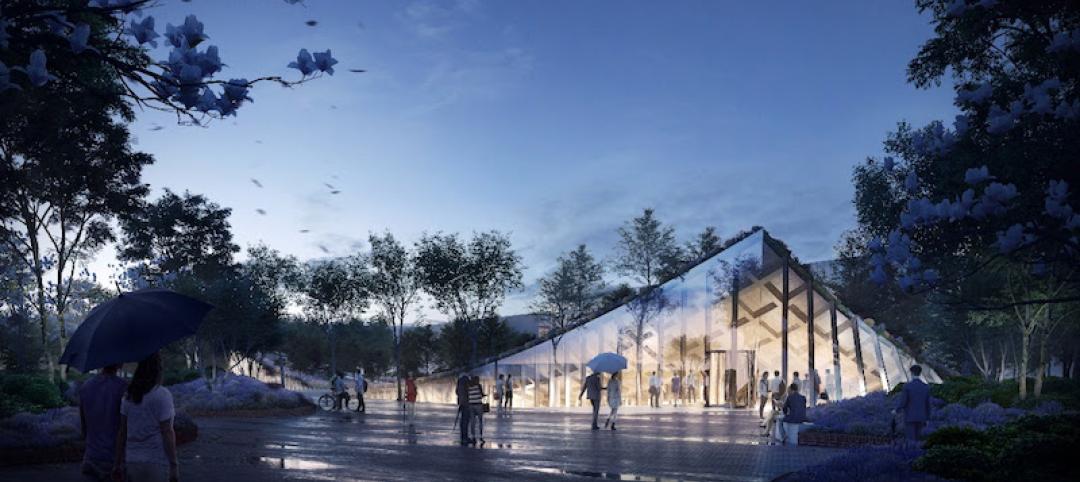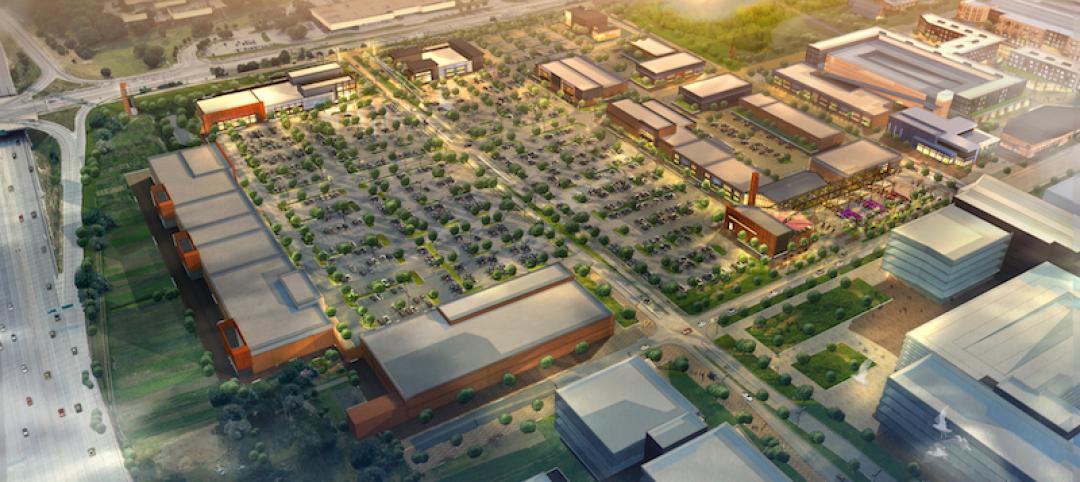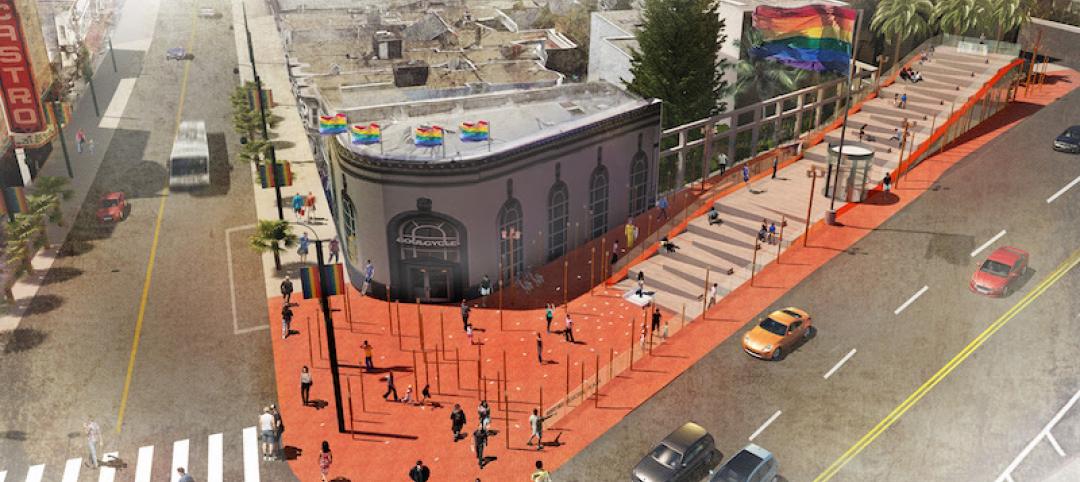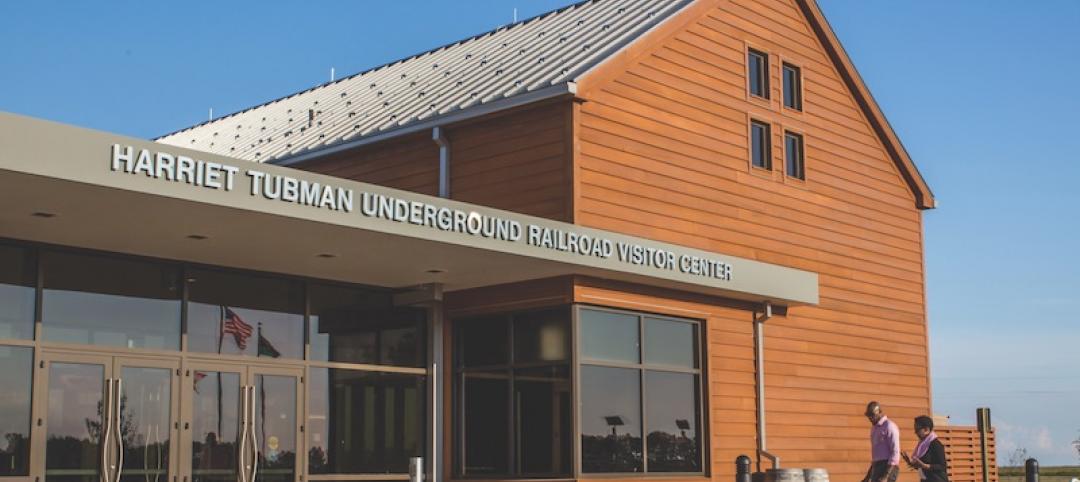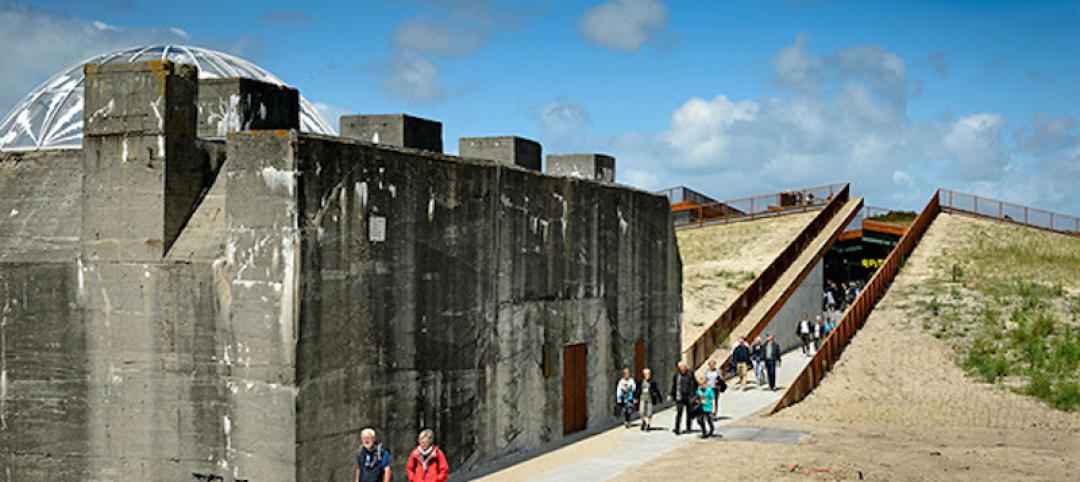On Tuesday, Preservation Chicago published its 2014 list of Chicago's 7 most threatened buildings.
On the list is St. Adalbert Church, designed by Henry J. Schlacks in 1874, with its notable 185-foot-high twin towers.
Also included are the Fisk and Crawford power plants, which, according to Preservation Chicago, "redeveloped and refined the mammoth production of electricity to a growing city and region at a magnitude not seen at that time. The success of these two facilities were copied and replicated around the world. Yet this all began in Chicago."
The Guyon Hotel made the list for the second year in a row.
Here's the full list (descriptions courtesy Preservation Chicago, Cinema Treasures, and Wikipedia):
1. St. Adalbert Catholic Church - Originally constructed for a Polish congregation in the Pilsen neighborhood, St. Adalbert Roman Catholic Church is a Renaissance Revival complex designed by noted church architect Henry J. Schlacks, who worked for a time in the offices of Adler & Sullivan. It’s soaring 185- foot twin towers are the highest structures in the Pilsen neighborhood and easily recognizable.
2. Crawford, Fisk Power Houses - The two enormous Fisk and Crawford electrical-generating coal-fired stations or power plants date from 1903 and 1926 and were originally considered engineering wonders of the modern world. Both plants are by noted architects and both achieved the previously impossible task of employing technology to create the world’s largest electrical generators, based entirely upon the steam engine turbine. These systems redeveloped and refined the mammoth production of electricity to a growing city and region at a magnitude not seen at that time. The success of these two facilities were copied and replicated around the world. Yet this all began in Chicago.
3. Guyon Hotel - Originally part of a large commercial business district on the city’s West Garfield Park neighborhood, the long and steady decline of the community has only further made the rehabilitation of this rare and magnificent Moorish Revival hotel more challenging. Constructed of red and cream brick with deep red terra cotta detailing, the Guyon Hotel’s interior is also in need of restoration. The site has had multiple owners over the years and was finally converted from a residential hotel to single- room-occupancy apartments in the late 1980s. Listed 2012 on Landmarks Illinois’ 10 Most Endangered list and last year on our Chicago 7 list in 2013, the Guyon’s sheer magnitude and scale make the structure a formidable building to renovate and restore.
4. Francis Scott Key Public School - The Francis Scott Key Public School, designed by Dwight Perkins, was among the nearly 50 schools that were closed by the Chicago Public Schools in 2013. Key is one of the schools in a high state of preservation and designed by a noted architect that is now vacant and lacks a new use plan.
5. Madison/Wabash Station House - The Madison/Wabash elevated station house and metal canopies located on Chicago’s historic Loop Elevated is the last original station on the east section of the Loop to retain its original station house. Most of the others were removed or destroyed beginning in the 1950s. It displays marvelous classical detailing, pilasters and ornamental stamped metal. This station house forms a backdrop to the historic Louis Sullivan- designed Schlesinger & Mayer/Carson Pirie Scott building along with the adjacent buildings by D. H. Burnham and Holabird & Roche. It’s also situated atop the Jewelers’ Row Chicago Landmark District.
6. The Jeffrey Theater - The Jeffery Theater, constructed in 1923 in the heart of the South Shore neighborhood’s then-bustling commercial center, E. 71st Street between Euclid Avenue and Jeffery Boulevard, was opened a year later as a vaudeville and movie house for the Cooney Brothers circuit. The Neo-Classical style theater could seat just under 1,800, and was designed by architect William P. Doerr (who also designed the Neo-Georgian style East Park Towers in Hyde Park). It had a tall vertical marquee which rose over the facade of the theater, and could be seen up and down 71st Street. Description source: Cinema Treasures
Related Stories
| May 24, 2018
Accelerate Live! talk: Security and the built environment: Insights from an embassy designer
In this 15-minute talk at BD+C’s Accelerate Live! conference (May 10, 2018, Chicago), embassy designer Tom Jacobs explores ways that provide the needed protection while keeping intact the representational and inspirational qualities of a design.
Cultural Facilities | Apr 16, 2018
Best in library design 2018: Six projects earn AIA/ALA library awards
Austin Central Library and the Tulsa City-County Central Library are among the top projects for 2018.
Performing Arts Centers | Feb 20, 2018
Citrus trees inspired the design of this half-billion-dollar performing arts center
SPF:architects designed the complex.
Cultural Facilities | Jan 23, 2018
BIG reveals revised Smithsonian Campus master plan
The original proposal was first unveiled in 2014.
Mixed-Use | Dec 12, 2017
A new live/work neighborhood is about to get under way in Omaha, Neb.
Walkability and recreation will be key features of West Farm.
Cultural Facilities | Nov 2, 2017
Perkins Eastman wins competition to redesign San Francisco’s Harvey Milk Plaza
The Friends of Harvey Milk Plaza unanimously selected the Perkins Eastman entry as the winner.
Museums | Oct 3, 2017
Denmark’s new LEGO experience hub looks like it’s made out of giant LEGO blocks
The 12,000-sm building is part of Billund, Denmark’s goal to become the ‘Capital for Children.’
Museums | Aug 15, 2017
Underground Railroad Visitor Center tells story of oppression, then freedom
The museum is conceived as a series of abstracted forms made up of two main structures, one administrative and one exhibit.
Cultural Facilities | Jul 13, 2017
A WWII bunker becomes a museum along Denmark’s coast
BIG’s design of this cultural center is the “antithesis” of the fortress.
Museums | Jul 5, 2017
Addition by subtraction: Art Share L.A. renovation strips away its acquired superfluity
The redesign of the 28,000-sf building is prioritizing flexibility, openness, and connectivity.




